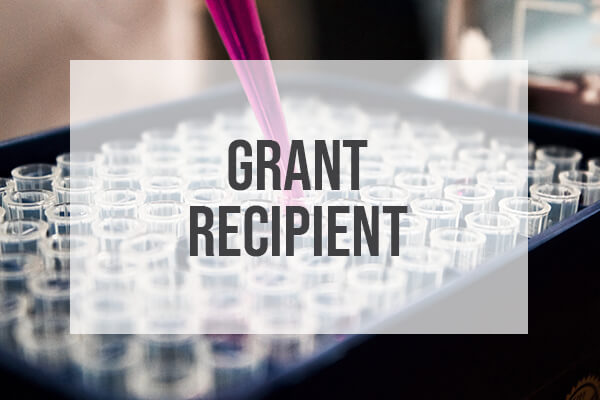Background
Phaeochromocytomas are neuroendocrine tumours arising from chromaffin tissue. Although the majority are benign they are all potentially lethal due to the episodic secretion of large quantities of catecholamines (adrenaline and noradrenaline). These tumours are recognised to be highly vascular and metabolically active and contain cells densely packed with mitochondria. Succinate dehydrogenase (SDH) is an enzyme bound to the inner membrane of mitochondria. Succinate dehydrogenase subunit B (SDHB) germline mutations are associated with the development of phaeochromocytomas and paragangliomas and have a higher incidence of malignant disease than sporadic or the other familial phaeochromocytomas/paragangliomas.
Mitochondria have been implicated in the development of other tumour types however there have been few reports of regarding the ultrastructure of mitochondria in phaeochromocytomas and no previous studies determining whether SDH mutation-associated phaeochromocytomas demonstrate abnormal mitochondrial morphology. Given the close relationship of the SDH enzyme with mitochondria, we hypothesise altered mitochondrial morphology occurs in tumours from patients with SDHB germ line mutations.
Research Design
Electron microscopy (EM) was used to evaluate mitochondrial morphology on phaeochromocytoma tissue samples collected prospectively and preserved in Glutaraldehyde from 5 patients with SDHB germline mutations and from 5 patients with phaeochromocytomas without an SDHB germline mutation against the mitochondria from normal tissue (adrenal medulla).
Results
At the conclusion of the study 2 samples of normal adrenal medulla were collected (one from a patient with Conn’s syndrome the other from a non-functioning adenoma), 5 SDHB associated tumours (2 from the same patient) and 4 other phaeochromocytoma (2 sporadic, 1 neurofibromatosis, 1 MEN2B). Electron microscopy revealed features consistent with active neurosecretory cells but no specific features that differentiated the mitochondria of SDHB associated phaeochromocytomas with either the normal adrenal medulla or other phaeochromocytoma tissue samples.
Conclusion
This study did not demonstrate any Electron Microscopic mitochondrial features in SDHB associated phaeochromocytomas that could differentiate from normal adrenal medulla or other phaeochromocytoma types. Thus EM is not a useful screening tool for the presence of an underlying SDH germline mutation.
Would you like to support the work of the Foundation?
Contact us for more information, or simply make a donation.




